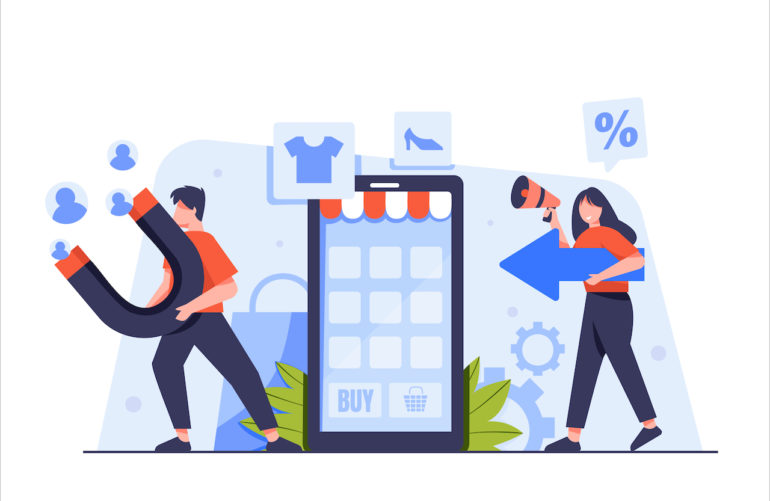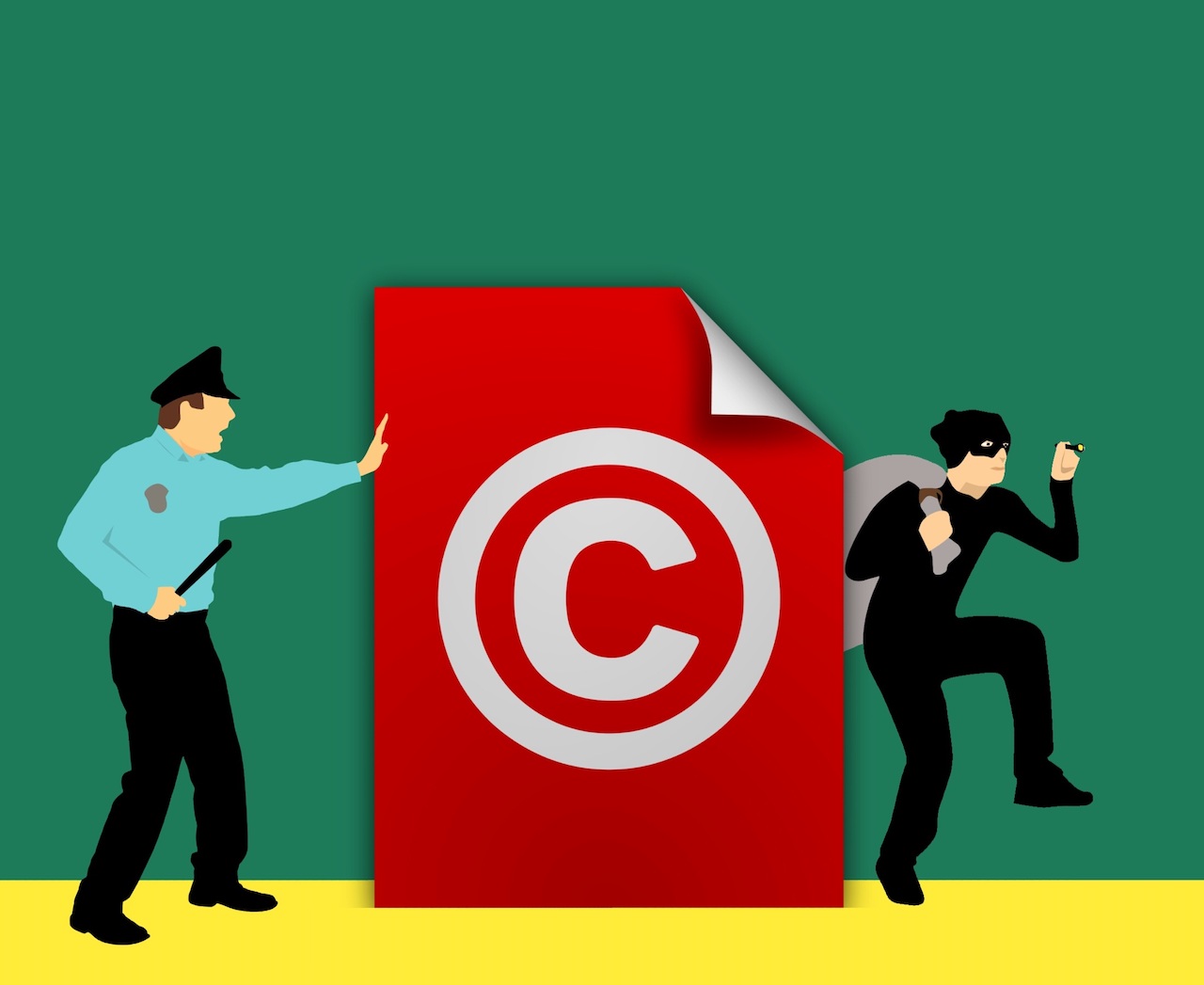The shift in buying decisions changed how we do lead generation. Businesses that want to thrive need sustainable strategies to account for what’s known as an “attention economy.”
According to a study on Modern Lead Generation in Internet Marketing, customers are bombarded with informational noise. This results in them doing independent research.
Our customers now have access to so much information at their fingertips. So what do we do? We meet them at the research phase!
In this article, we’ll go through 10 lead generation channels that can get you results this 2023. But first, here’s a quick recap of the basics of lead generation.
What Is Lead Generation?
In a nutshell, leads are people interested in purchasing a product or a service from a company. There are two types of leads – cold and warm.
Cold leads mean prospects don’t know anything about your brand or products/services. Warm means they already do.
When businesses seek out leads, they’re doing “lead generation” to convert them into paying customers.
10 Lead Generations Channels to Look into this 2023
Now that we know the basics of lead generation, here are the best channels going into 2023.
1. Search Engine Optimization (SEO)
Source: Unsplash
Where do customers go when researching products? Search engines like Google!
Make sure your business’ website and other channels are optimized for it.
Implementing SEO best practices helps boost your ranking on search engines and promotes overall brand awareness and customer experience.
2. Website
Your business’ website can become a 24/7 lead generation machine. Granted, your customers have to find it first. That’s why there should be an emphasis on organic channels such as SEO.
But, once your customers are there, make sure you’re website is designed to convert visitors into leads. This can be done through landing page optimization.
Here’s a checklist of what needs optimizing:
- Navigation
- Website Design
- Load Speeds
- Call-to-actions (CTAs)
3. Pay-per-click (PPC) marketing
If you want to be aggressive with your lead generation (and you have the budget), PPC or pay-per-click marketing is for you. The best part is you can use this across all your channels.
You can do PPC campaigns on social media, LinkedIn, and Google. But traditionally, when marketers say PPC, they mean Google since it’s the largest PPC network.
For example, if you’re a local business in the construction niche, you can use PPC advertising to stay ahead of the competition. This can ensure that customers see you first when searching.
But you need to balance ad expenditure and ROI. Be sure to track key metrics to see if using PPC is worth the cost.
4. Content Marketing
Creating content for your audience works in almost all areas of your sales funnel and supports your SEO efforts. It can include blog content, videos, infographics, podcasts, and more.
With content marketing, you can reach leads at the top of your sales funnel and nurture deeper qualified leads.
Studies show that 82% of marketers are actively investing in content marketing. Another study suggested that 81% of marketers include content marketing as a core business strategy.
5. Email Marketing
Email marketing helps you directly connect with your leads. When you get an email from prospects with consent, make sure to personalize the content you send.
But manually doing so will take ages, especially when scaling up your email marketing. This is where automation and customer relationship management (CRM) tools come in.
Marketing automation paired with CRM tools helps you gather and analyze lead data to generate personalized and automated responses based on behavioral triggers.
6. Social Media Marketing
A study suggested that 76% of customers buy products they see on social media. That means it can potentially convert leads into customers from the get-go.
Social media is also the perfect channel to engage directly with your audience. You can get feedback on your products, solve pain points, and elevate your customer service.
But if your organic social media marketing campaigns aren’t as effective as you’d like, you can always go with paid ads. It allows you to target specific demographics, locations, and more.
7. Influencer marketing
Source: Pexels
Influencer marketing can help your business reach new audiences, increase traffic, and boost engagement and conversion rates.
According to a study, 92% of customers trust influencers over traditional celebrities. Another study suggested that 49% of customers depend on influencer recommendations when buying.
8. Affiliate marketing
Affiliate marketing is a type of marketing in which payment is made in the form of a commission rather than a flat charge. You just pay for each successful purchase or conversion.
It’s a sustainable, scalable, and cost-effective marketing strategy. You can partner with bloggers, influencers, and even niche experts.
Because they’re incentivized for each conversion, they’re likely to market your product to their own audiences which can translate into more leads for your business.
9. LinkedIn
LinkedIn won’t be the first thing that comes to mind regarding lead generation. But the quality of leads on the platform is well worth the effort.
Studies suggest that the average user spends around 7 minutes and a half on the website. During that time, they visit an average of seven pages.
Usually, they do this for a reason. They’re not mindlessly scrolling on the site like on social media. Instead, they’re more likely to engage with content.
The platform offers different ads, making it an excellent lead-generation tool, especially for B2B.
10. Word of mouth / User-generated Content
UGC or user-generated content is a form of social proof (digital word-of-mouth). When customers create content around a brand’s product or services, that’s a form of UGC.
It’s effective because it has a high engagement rate, promotes authenticity, and helps build a strong relationship with your audience.
You can launch UGC campaigns, respond to reviews, promote content from your customers, and much more. Great examples are testimonials, reviews, and social media content.
Key Takeaways
Sales and customer growth require lead generation. It helps businesses find and convert potential clients into paying customers through targeted marketing.
If you want to elevate your lead generation, consider the following:
- There are several lead generation channels to choose from, among the most popular are SEO, content marketing, email marketing, social media, and PPC ads.
- Lead generation works best when you provide immediate value to your customers.
- Customers are doing their own research before purchasing, use this to your advantage.
- PPC ads can be effective but be sure to track your metrics to see if it has a good ROI.
- Businesses may improve lead generation and conversion rates by understanding their ideal customer’s traits.







